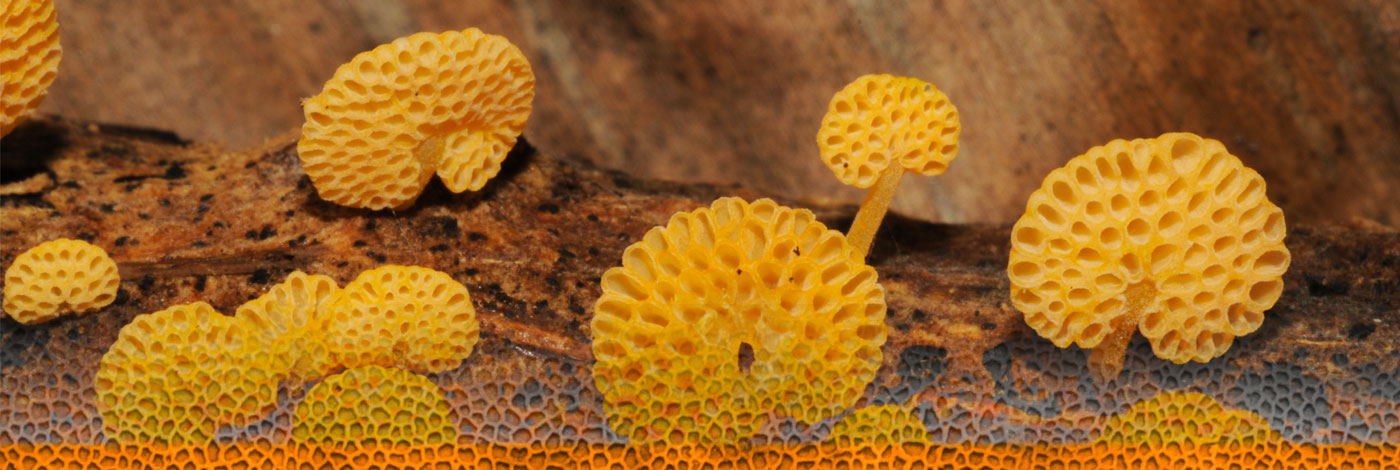
 Cryptogamie, Mycologie
39 (3) - Pages 325-340
Cryptogamie, Mycologie
39 (3) - Pages 325-340Lignin degradation is achieved by a specific group of enzymes known as Lignin- Modifying Enzymes (LME) where Manganese Peroxidase (MnP) plays a key role. Classified as extracellular enzymes and produced by white-rot fungi (Basidiomycetes, Agaricomycotina, Polyporales), the MnP2 gene was detected in twelve isolates from Ganoderma australe, G. gibbosum, G. multiplicatum, G. parvulum and G. subamboinense collected as parasites in legume species, as well as saprophytes in logs from Brazil and Colombia. The presence of this enzyme was barely detected in liquid culture medium, and not at all in solid fermented culture. Analysis based on PCR-RFLP showed a considerable variability in fragment patterns for G. parvulum and G. subamboinense, however no discrimination was identified for the other species. Sequence analyses from a partial MnP2 gene fragment (~700bp) demonstrated a high degree of similarity in gene structure among species, as well as conserved amino acid residues at the enzyme active sites, in four exons predicted for each isolate. Phylogenetic inference analysis with partial peroxidase sequences from polypore species supports the MnP2 clade for our isolates, although tree topology also indicated the polyphyletic nature of ligninolytic peroxidases, where possible scenarios such as multiple ancestor origin or a single origin with posterior diversification are discussed.